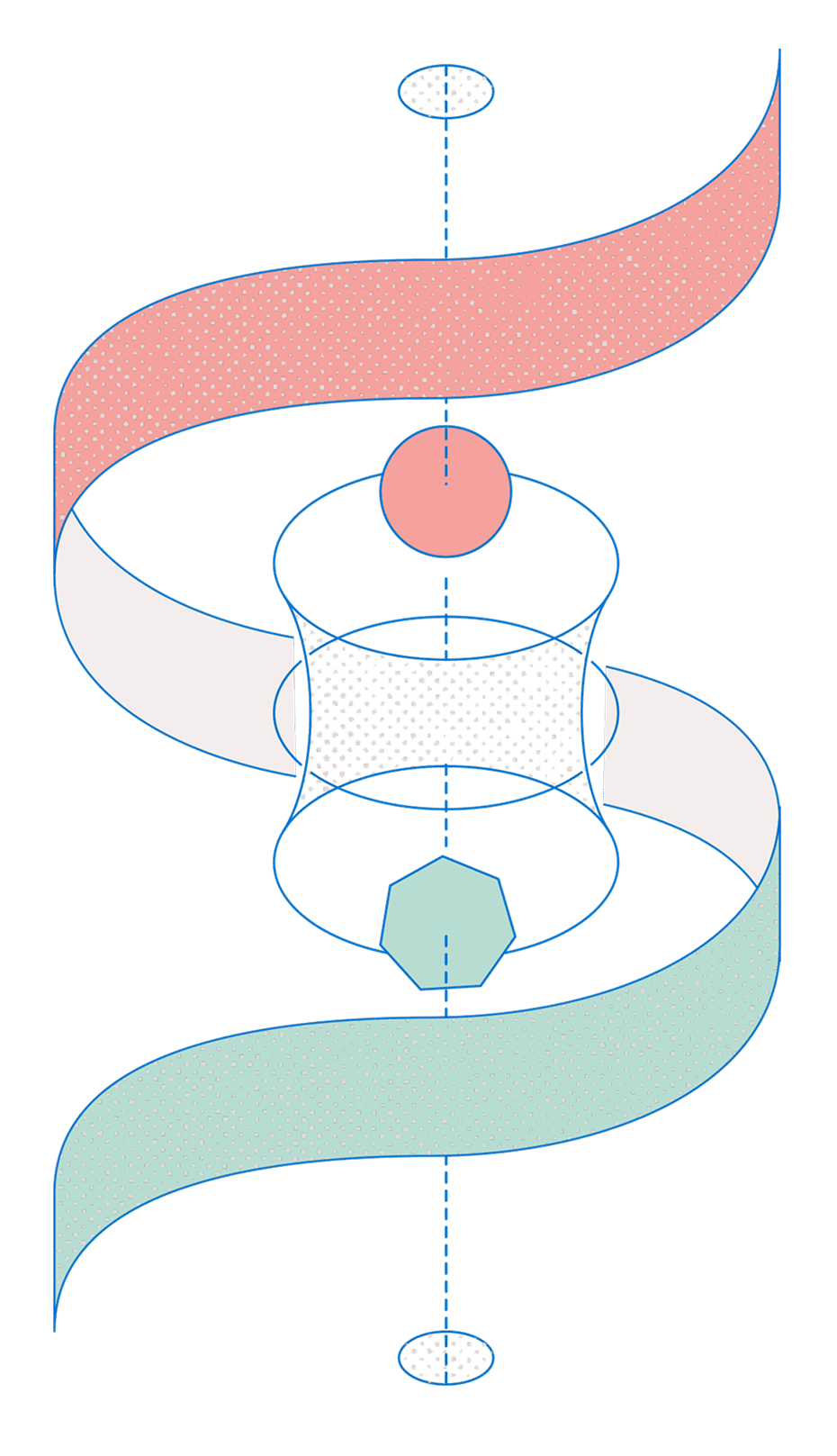
Aim of the Project
What are essential differences between something that is alive and something that is dead—or more broadly, between life and nonlife? When we compare a stone and a cat, the difference is obvious. But what about a cat that was alive just moments ago and is now dead? Since antiquity, people have intuited that something must change at the very moment when the “living” turns into the “dead.” The concept of the “soul” has been regarded as one such candidate. Of course, modern science has found no evidence for the existence of a soul, and thus we must search for that something elsewhere.
Because the material composition of a cell is essentially the same immediately before and after death, that something is unlikely to be a particular substance. From the standpoint of modern science, the most natural approach is to look not at the components themselves, but at their relationships and interactions. Each component of life is just a chemical substance, and examining them in isolation does not reveal “lifelike” qualities. Rather, “lifelikeness” emerges as a property that transcends the simple sum of the parts. Such phenomena are referred to as emergence in modern science, and life is one of the most striking examples. When this emergent property disappears and the system ceases to exhibit the qualities of life, a transition occurs—from “life” to “Nonlife.” The scientific elucidation of this transition is the aim of the present research area, formally titled “A unified science of “Life-Nonlife transition” encompassing cells and artificial cells” (abbreviated as Life-Nonlife Transition).
Understanding “death”
The word “death” is familiar in everyday language, yet when treated as a scientific subject it becomes remarkably difficult to define. We may say “X has died,” but under what precise conditions can we conclude that a living organism is “dead”? The absence of movement or nutrient uptake might seem sufficient, but some organisms lack motility altogether, and microbes in a state of dormancy can survive for years without nutrient intake.
This project therefore adopts the working hypothesis that life and death should be defined not by an organism’s instantaneous state, but by its future potential. For example, a seed neither moves nor actively takes up nutrients, so by a superficial criterion it might appear “dead.” Yet we regard it as alive, because we know that if planted and watered, it can grow and bloom. Abstracting from this, we define a living state as one that can be brought—through some intervention—into an “obviously living” condition, and a dead state as one that can never be restored to such a condition by any means. On this basis we seek to construct a rigorous mathematical theory of life and death.
Our Approach
This research area brings together microbiologists, artificial cell researchers, statistical physicists, and systems biologists to construct a scientific framework for the life-nonlife transition.
Using unicellular microorganisms, we experimentally induce death under various stresses and quantitatively measure what occurs in the death process, thereby elucidating the nature of the transition from “life” to “nonlife.” Conversely, using artificial cells—synthetic, self-replicating chemical systems—we investigate the transition in the opposite direction, from “nonlife” to “life.” Artificial cells built so far inevitably lose their ability to divide, unlike natural cells that sustain reproduction. By closely analyzing how this loss of division occurs, we aim to reveal both the difficulties inherent in the life-nonlife transition and possible strategies for achieving it.
In parallel, we pursue theoretical studies grounded in statistical physics, computational complexity theory, and dynamical systems theory. In thermodynamics and statistical physics, phase transitions are central emergent phenomena: simple elements, when gathered in large numbers under certain conditions, exhibit higher-order structures and order that cannot be reduced to the properties of individual elements. Similarly, we seek to understand how simple chemical components can collectively undergo a transition to life, and how this transition can be described in the language of mathematical sciences.